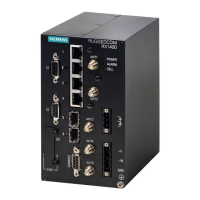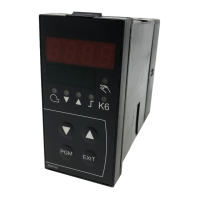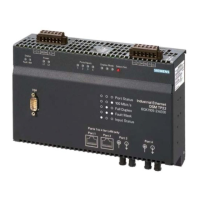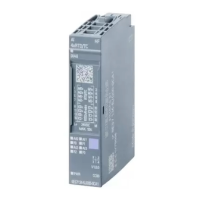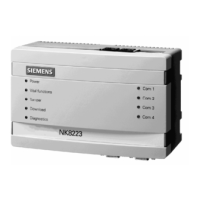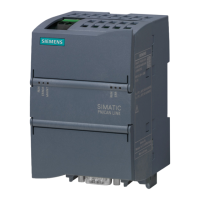RUGGEDCOM ROX II
CLI User Guide
Chapter 13
Unicast and Multicast Routing
Managing RIP 461
• name is the unique name for a routing process that belongs to a specific router.
• source is the protocol transmitting packets over the IS-IS route. Options include bgp, connected, kernel,
ospf, rip, and static.
3. Type commit and press Enter to save the changes, or type revert and press Enter to abort.
Section13.7
Managing RIP
The Routing Information Protocol (RIP) determines the best path for routing IP traffic over a TCP/IP network based
on the number of hops between any two routers. It uses the shortest route available to a given network as the
route to use for sending packets to that network.
The RUGGEDCOM ROX II RIP daemon is an RFC 1058 [http://tools.ietf.org/rfc/rfc1058.txt] compliant
implementation of RIP that supports RIP version 1 and 2. RIP version 1 is limited to obsolete class-based networks,
while RIP version 2 supports subnet masks, as well as simple authentication for controlling which routers to accept
route exchanges with.
RIP uses network and neighbor entries to control which routers it will exchange routes with. A network is either a
subnet or a physical (broadcast-capable) network interface. Any router that is part of that subnet or connected to
that interface may exchange routes. A neighbor is a specific router, specified by its IP address, to exchange routes
with. For point to point links (i.e. T1/E1 links), neighbor entries must be used to add other routers to exchange
routes with. The maximum number of hops between two points on a RIP network is 15, placing a limit on network
size.
Link failures will eventually be noticed when using RIP, although it is not unusual for RIP to take many minutes for
a dead route to disappear from the whole network. Large RIP networks could take over an hour to converge when
link or route changes occur. For fast convergence and recovery, OSPF is recommended. For more information
about OSPF, refer to Section13.9, “Managing OSPF”.
RIP is a legacy routing protocol that has mostly been superseded by OSPF.
NOTE
In complex legacy networks, RIP, OSPF, BGP and IS-IS may all be active on the same router at the same
time. Typically, however, only one dynamic routing protocol is employed at one time.
CONTENTS
• Section13.7.1, “Configuring RIP”
• Section13.7.2, “Viewing the Status of Dynamic RIP Routes”
• Section13.7.3, “Managing Prefix Lists and Entries”
• Section13.7.4, “Managing Networks”
• Section13.7.5, “Managing Network IP Addresses”
• Section13.7.6, “Managing Network Interfaces”
• Section13.7.7, “Managing Neighbors”
• Section13.7.8, “Managing the Prefix List Distribution”
• Section13.7.9, “Managing Key Chains and Keys”
• Section13.7.10, “Managing Redistribution Metrics”
• Section13.7.11, “Managing Routing Interfaces”
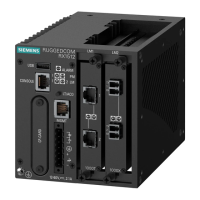
